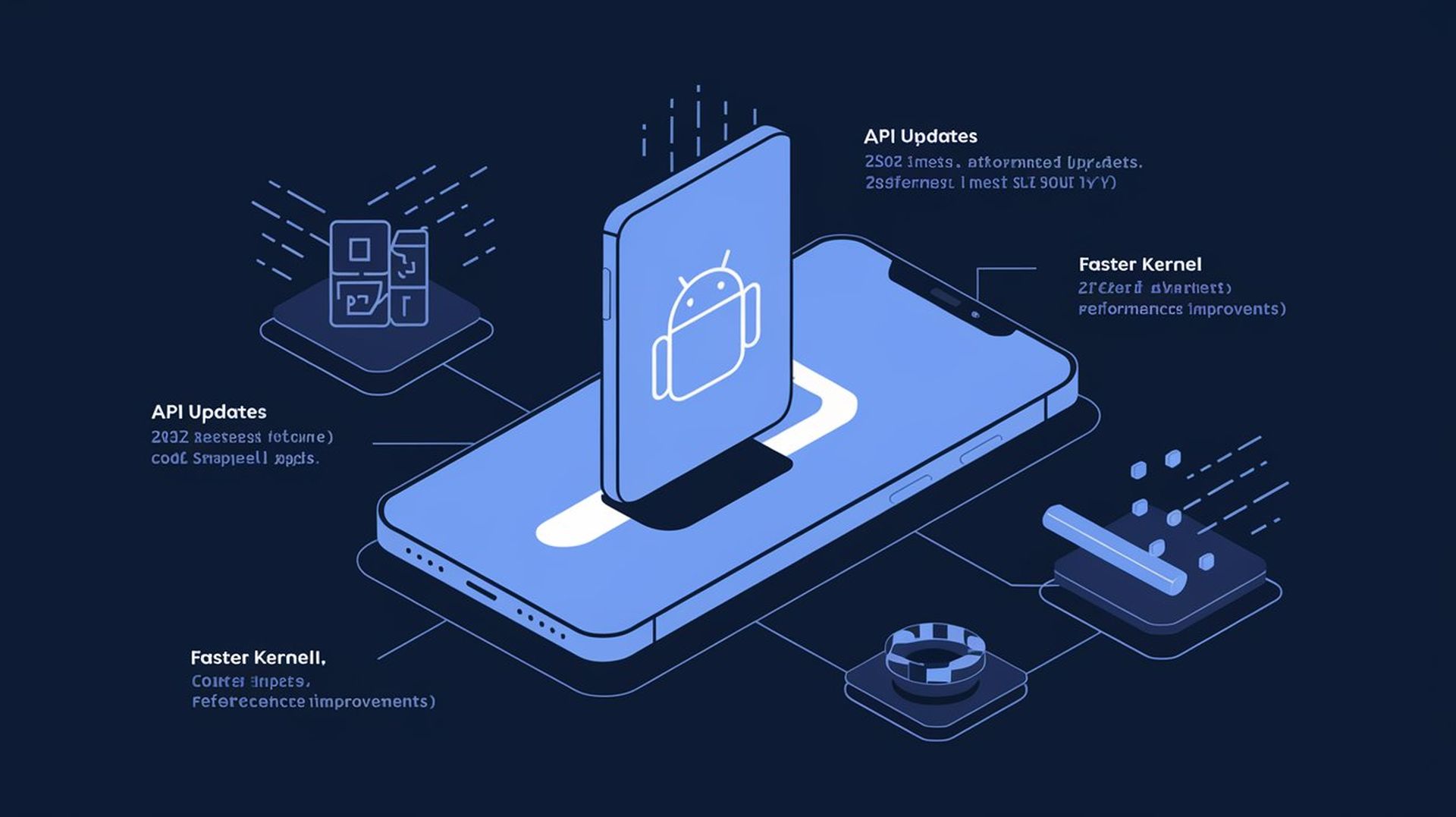Google releases a new Android update every year. The 2024 version will be Android 15, released this month. Android 16 may come even earlier. The pattern of these updates has been fairly consistent, occurring on average between August and October. There is evidence that Android 16 could challenge this usual update timing and arrive ahead of schedule in 2025.
The next Android update is typically expected in Q3 or Q4, but indications show a dramatic change ahead. According to reports, Android 16 might appear in Q2. This might be the first occurrence in more than ten years where an Android iteration is launched before the usual time.
🚨🚨🚨 BREAKING 🚨🚨🚨
Android 16 codename found in AOSP#AndroidDev #Kotlin #W pic.twitter.com/8KTJN0jyzI— Android Developer News (@AndroidDev_News) September 30, 2024
What’s changing in Google’s Android 16 release schedule?
Android’s history patterns show that updates frequently happen in the final months. In September 2024, Android 15 (Vanilla Ice Cream) became available, and Android 14 (Upside Down Cake) was launched in October 2023. In August 2022, Tiramisu debuted as Android 13 in line with the usual late calendar release.
| Android version | Code-name | Release date |
| Android 15 | Vanilla Ice Cream | September 3, 2024 |
| Android 14 | Upside Down Cake | October 4, 2023 |
| Android 13 | Tiramisu | August 15, 2022 |
| Android 12 | Snow Cone | October 4, 2021 |
| Android 11 | Red Velvet Cake | September 8, 2020 |
| Android 10 | Quince Tart | September 3, 2019 |
| Android 9 | Pie | August 6, 2018 |
In Android 16’s case, several signs point to a different outcome, contrary to the usual trend shown in past releases. Mentions of “25Q2” in official Android development documents strongly imply that the next major release could arrive as early as Q2 2025. The AOSP (Android Open Source Project) patches back up this reference and indicate that 25Q2 relates to Android 16.
Implications of a faster Android 16 release may stem from enhancements within its development approach. In the past, the company maintained several branches of its source code for Android to test implementations. The recent adaptation to a trunk-driven method has facilitated a more organized and effective development strategy.
With this new framework in place. Google’s Android team aims to have one central main branch and manage each update through feature flagging. This change helps the company deploy modifications more rapidly, possibly facilitating an early release of Android 16 in 2025.

What does this mean for Android users?
Findings in the Android 15 compatibility document and AOSP showcase Google’s move towards a new release approach. One notable comment referred to a new minimum Linux kernel version requirement for “Android W” (the internal code name for Android 16, now renamed “Baklava“), stating that it would be implemented in “25Q2/Android W.” Similar comments regarding new API changes have surfaced, confirming that certain features will only be available in the 25Q2 release—further hinting that this release corresponds to Android 16.
By design, changes to the Application Programming Interfaces (APIs) are reserved for big releases, while Google does not allow new APIs or system behaviors in Quarterly Platform Releases. Since 25Q2 includes API updates, it is evident that this release is beyond a standard quarterly update and embodies the entire launch of Android 16.
Should Google release Android 16 in Q2 of 2025, it will overturn the usual late-year release timing. Although the timing in Q2 is undecided, a launch in June feels quite likely. The new timing allows the 2025 Pixel line to offer Android 16, while the Pixel 9 series came out with Android 14 even though Android 15 had already been developed.
Regardless of when it comes out, the timing signals an important change in Google’s Android schedule owing to improved development strategies and internal improvements. Regardless of the month Android 16 debuts, such as April, May, or June, users can expect the update to arrive quicker than planned.
Image credits: Furkan Demirkaya/Ideogram





